At certain levels, all classes in Dungeons & Dragons 5th Edition can increase their ability scores. Alternatively, if your game permits it, you can choose to take a feat instead—an extra feature that improves your character in a unique way.
With the release of Bigby Presents: Glory of the Giants, players now have over 100 feats to choose from. So, which feats are the best ones to pick in Dungeons & Dragons?
Feats are an optional rule that not all DMs use. With the rule active, you can choose to replace the ability score improvement that all classes get at levels four, eight, 12, 16, and 19 with a feat, as long as you meet its prerequisites. Fighters and Rogues have the best access to feats, because they get additional ability score improvements—the Fighter at levels six and 14, and the Rogue at level 10.
We’d usually suggest taking ability score improvements over feats in many cases, as improving your class’s primary ability score to 20 is a big part of character progression in 5E. However, after you reach that point—and occasionally on your journey to get there—feats can serve as important power spikes that you don’t want to miss out on.
The best feats for your build in 5E
The best feats in 5E improve your survivability or damage, or grant utility that isn’t a base feature of your class. Feats can empower your short rests, let you learn additional spells, or provide a much-needed damage boost for weapon builds.
This list is far from exhaustive, and there are many interesting and powerful feats in 5E worth considering. For instance, feats like Elemental Adept and Metamagic Adept empower casters in important ways. That said, our list will focus mainly on feats that benefit many different character builds, as we value 5E’s most versatile feats above those that just benefit a single class.
10. Tough
Tough barely makes it onto our list at number 10. It’s here because Tough is one of the very few feats that all characters will appreciate, even just a little bit.
Simply put, Tough improves your health by two points per level. It’s like you spent an Ability Score improvement on a plus-four to your Constitution score. Well, without improving Constitution saving throws, that is.
Tough ends up dishing out 40 health over the course of a campaign. That’s easily enough to soak up hits from strong spells like Chain Lightning, or even most of a Disintegrate. It’s exactly what casters need to survive the rocket-tag that BG3’s end-game spell wars descend into. Even on melee characters, having that extra buffer can really come in handy.
9. Sentinel
Sentinel is the perfect feat for a tanky frontliner who wants to make sure nobody can escape their grasp. Stopping movement on opportunity attack, combined with the ability to ignore Disengage, allows Fighters and Barbarians to hold a corridor without risking someone slipping by.
If that’s not enough, Sentinel also gives your character a melee weapon attack against anyone they catch attacking another target. This aspect of Sentinel tends to be useful more often, and it’s exceptionally helpful when fighting alongside a squishy melee character, like a Monk or Rogue.
Related: Baldur’s Gate 3: Best Rogue build in BG3
We’re ranking it this low on the list due to its lack of ability score bonuses and its restriction to BG3’s tankier classes. Even still, Sentinel is a solid feat for anyone who wants to lock down dungeon hallways with ease—especially with a reach weapon.
8. Telekinetic
Telekinetic is an interesting feat introduced in Tasha’s Cauldron of Everything. For starters, it grants a plus-one to any mental stat—Intelligence, Wisdom, or Charisma. This is particularly important because point buy and Standard Array both leave you with odd numbers. You can turn a 17 in Charisma into an 18 with this feat, which goes a long way.
In addition, you get two fairly powerful benefits that are nice to have. The first, an invisible and silent Mage Hand, improves one of the game’s most integral out-of-combat cantrips. You can now use it for stealthy tasks, and if you learn it as part of your class, you get up to 60 feet of range.
Secondly, you get a bonus action to push or pull someone up to 30 feet away from you. This might seem weak at first, but it’s deceptively powerful. The ability to move a character one square in two directions as a bonus action means you can pull allies out of harm’s way, push them towards important enemies, or nudge an enemy to set up a devastating area-of-effect spell.
Telekinetic isn’t the flashiest feat, but a bonus action that all casters can appreciate is always worth mentioning.
7. Chef
From psychic prowess to mastery in the kitchen, Chef is our choice for a feat that gives a plus-one to Constitution. Chef lets you improve either your CON or CHA by one. Everyone loves CON, and given how it often ends up at 13 or 15 in character creation, rounding it to 14 or 16 with Chef is a great idea.
Sure, you could do this with Resilient and gain Constitution saving throw proficiency—or, you could pick Chef, and make some tasty treats instead.
Your cooking ability gives party members who’ve eaten your food an extra d8 of health after they spend a hit dice to recover health from a short rest. It might not sound like much, but a party of four heals an extra 16 health per rest on average with this. That’s far from nothing.
On top of this, your food can prove helpful in a broad range of situations. Eaten as a bonus action, these treats grant a temporary HP shield equal to your proficiency modifier. Versatility is the key with these delicious goods: Eat them out of combat, during combat, spread them out to priority targets, you name it. The Chef feat is a great way to get the most out of your short rests.
6. Crusher/Slasher
This entry includes two feats that do a similar thing for two different archetypes. Crusher provides a plus-one to Strength or Constitution, grants the ability to shift a hit enemy five feet, and applies a debuff on critical hits where attacks against the target have advantage. You must be wielding a bludgeoning weapon, like a warhammer, to benefit from the Crusher feat.
Meanwhile, Slasher provides the same plus-one to STR or DEX, and slows targets down on hit. On critical hits, it applies a debuff that gives the target disadvantage on their attack rolls. You must use slashing weapons like swords to benefit from the Slasher feat.
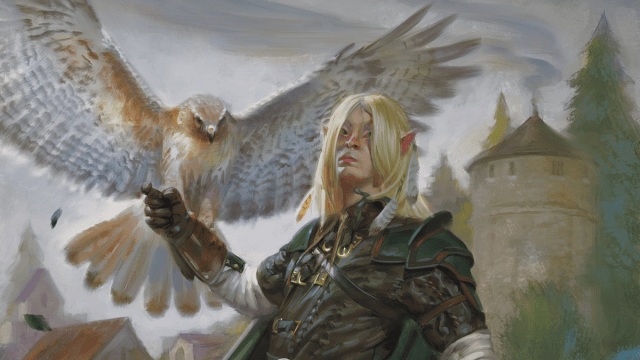
These feats both serve a similar purpose by providing a power boost for two specific weapon-focused builds. Of the two, Slasher is more widely used because of how common slashing weapons are, but Crusher offers better utility. They are so close that we had to make them share a space on this list.
Their sister feat, Piercer, only improves the damage of your attacks very slightly. It offers rerolls for damage rolls and, on crit, adds an extra dice. That’s far from bad, but it isn’t a supportive powerhouse like its siblings.
5. War Caster
If you need to use a Sword and a Shield, War Caster is your best friend. With this feat, you can cast spells with somatic components even if you’re holding a weapon in one or both hands. It’s a lifesaver for Clerics, Druids, and martial-focused Bards, and many 5E campaigns even include this component of the War Caster feat as a house rule.
Even in these campaigns, War Caster has its place. It grants advantage on concentration saves, a boon most casters would give anything for. As the game progresses, sustaining high-impact concentration effects becomes more difficult and all the more important. In these cases, having advantage on your concentration save is a life-saver.
War Caster also lets you replace your opportunity attack with a spell. This might sound cheesy, but when used correctly, you can really ruin an entire enemy encounter. An enemy who thought they’d slip away from your Cleric can suddenly find themselves paralyzed or banished. It’s an influential ability, especially considering you’d otherwise be stuck just casting one spell per turn.
4. Polearm Master
Polearm Master is a great feat that anyone capable of wielding a spear should wrangle with.
You gain the ability to swing with the other side of your weapon as a bonus action, which deals d4 damage. Plus, creatures provoke opportunity attacks when they approach you.
As long as you’re in melee range, this feat provides a huge bonus to your damage per turn. One big problem with large two-handed weapons is that you lack a consistent bonus action—and this feat gives you one. 1d4 + Strength might not sound like much, but combine this with Barbarian Rage, or Paladin Smite, and it gets stronger quickly.
Every spear-wielding warrior can make use of this feat, and it gives classes like Clerics and Druids a bonus action that deals extra weapon damage, which could be the edge you need in combat.
3. Inspiring Leader
Inspiring Leader is a perfect feat for Charisma-based classes that rely on short rests to be impactful. With this feat, after a short or long rest, you can give a 10 minute speech that applies temporary HP equal to your level plus your Charisma modifier.
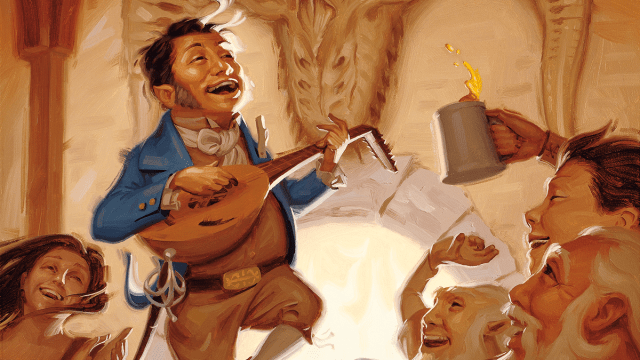
With this feat on a level 20 character, you will almost always be handing out, at minimum, 25 temporary HP. In a four-person party, that’s 100 HP among the group—every time you rest. Assuming you take a short rest three times a day, you’re effectively blocking upwards of 400 HP. That’s gigantic.
Bards, Sorcerers, and Warlocks should look out for this feat. Paladins should also consider it, since its temporary HP will also apply to them as well. In fact, any character that can meet the 13 Charisma prerequisite might want to consider picking Inspiring Leader if no one else in the party does.
Just remember that temporary HP doesn’t stack, so you may want to hold off on options like Armor of Agathys or the Chef feat if you want get the most value out of Inspiring Leader.
2. Great Weapon Master/Sharpshooter
If you’re considering an all-out damage build for a Barbarian, Fighter, or Ranger, you’ll eventually need one of these feats.
Great Weapon Master and Sharpshooter both offer the same benefit for melee and ranged weapons: They let you apply a minus-five to your attack roll in exchange for dealing an extra 10 damage with your attack. These feats also come with a few other unique benefits.
Great Weapon Master lets you swing again as a bonus action after you land a critical hit or kill an enemy, whereas Sharpshooter lets you ignore most types of cover and fire at long range. These benefits are quite strong by themselves, but most players pick them for the bonus damage.
While the huge penalty to your attack roll can be devastating, many classes have ways to lessen the blow. Vengeance Paladins and Barbarians, for instance, can easily gain advantage on attack rolls and thus lower the burden of the minus-five. Fighters and Rangers with the Archery Fighting Style gain a plus-two to their attacks, which alone almost reduces the penalty by half.
On the whole, the extra damage more than makes up for it. As long as you know when to toggle the penalty off, these two feats provide a gigantic boost to your damage per round that no melee or ranged damage dealer should ignore.
If you pick Great Weapon Master, then Polearm Master is another excellent feat to choose. Since your off-hand attack still uses a two-handed weapon (assuming you’re using a glaive or halberd), you’re getting +10 to your bonus action attack, which is considerably powerful and further boosts your damage-per-round.
1. Fey Touched
Fey Touched, like Telekinetic, gives you a plus-one to any of your mental ability scores—Intelligence, Wisdom or Charisma. You can use it to round out your starting score of 17 to an 18, and that’s not all, as Fae Touched also gives you access to powerful spells.
With the Fey Touched perk, you get Misty Step, an incredibly powerful bonus action teleport, as a known spell. Misty Step is crucial to repositioning, moving forwards, or escaping danger. You can cast it once for free using the feat’s spell slot, and it remains on your spell list no matter your class.
You also get a bonus first level spell from the Divination or Enchantment schools. You’d be surprised at how vast this list becomes, including pinnacle spells that players multiclass for—spells like Hex, Hunter’s Mark, and Silvery Barbs. This bonus first level spell is permanently prepared and also includes a free feat spell slot to cast it with.
Silvery Barbs is a great use of a reaction and almost always an integral choice with this feat. On the contrary, weapon-users without a good concentration spell might want to consider Hex or Hunter’s Mark instead. Fey Touched is a barrel of possibilities that gives every caster in the game excellent access to low-level magic that they’re certain to use for the rest of their adventuring career.
Fey Touched offers an ability score boost, making it useful for every class and multiclass with spell slots, and can also give players a powerful reaction or concentration spell. All this combined makes Fey Touched our favorite feat to keep in mind when you’re leveling up a new character in D&D 5E.


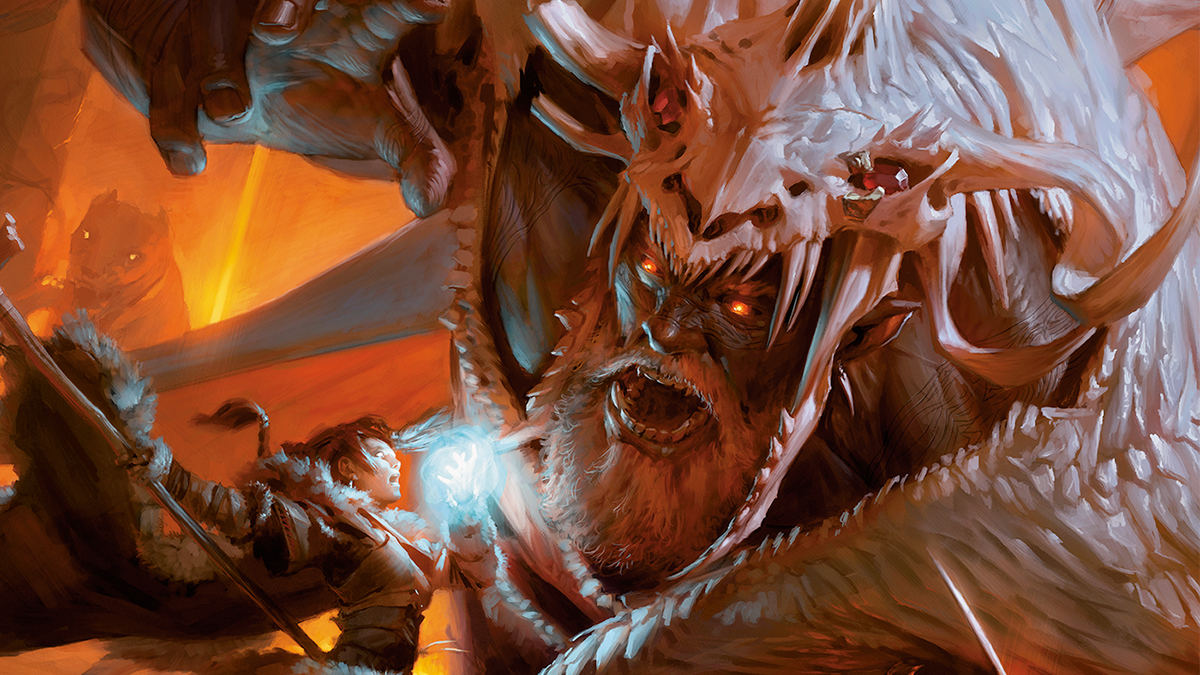
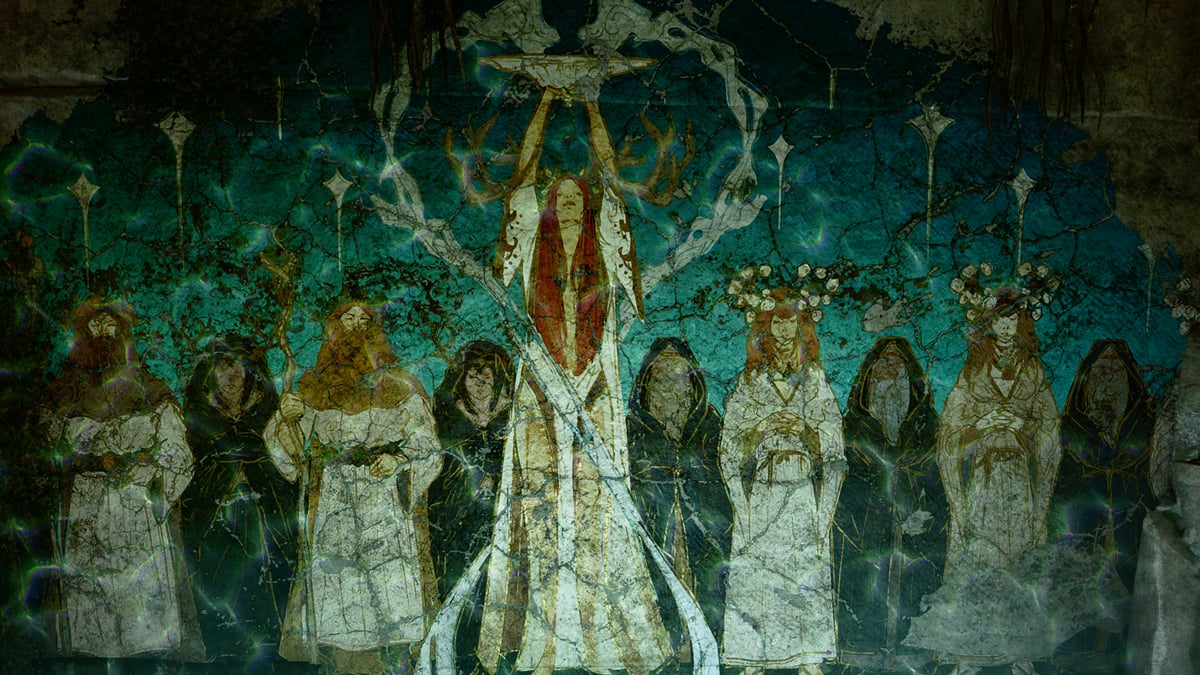
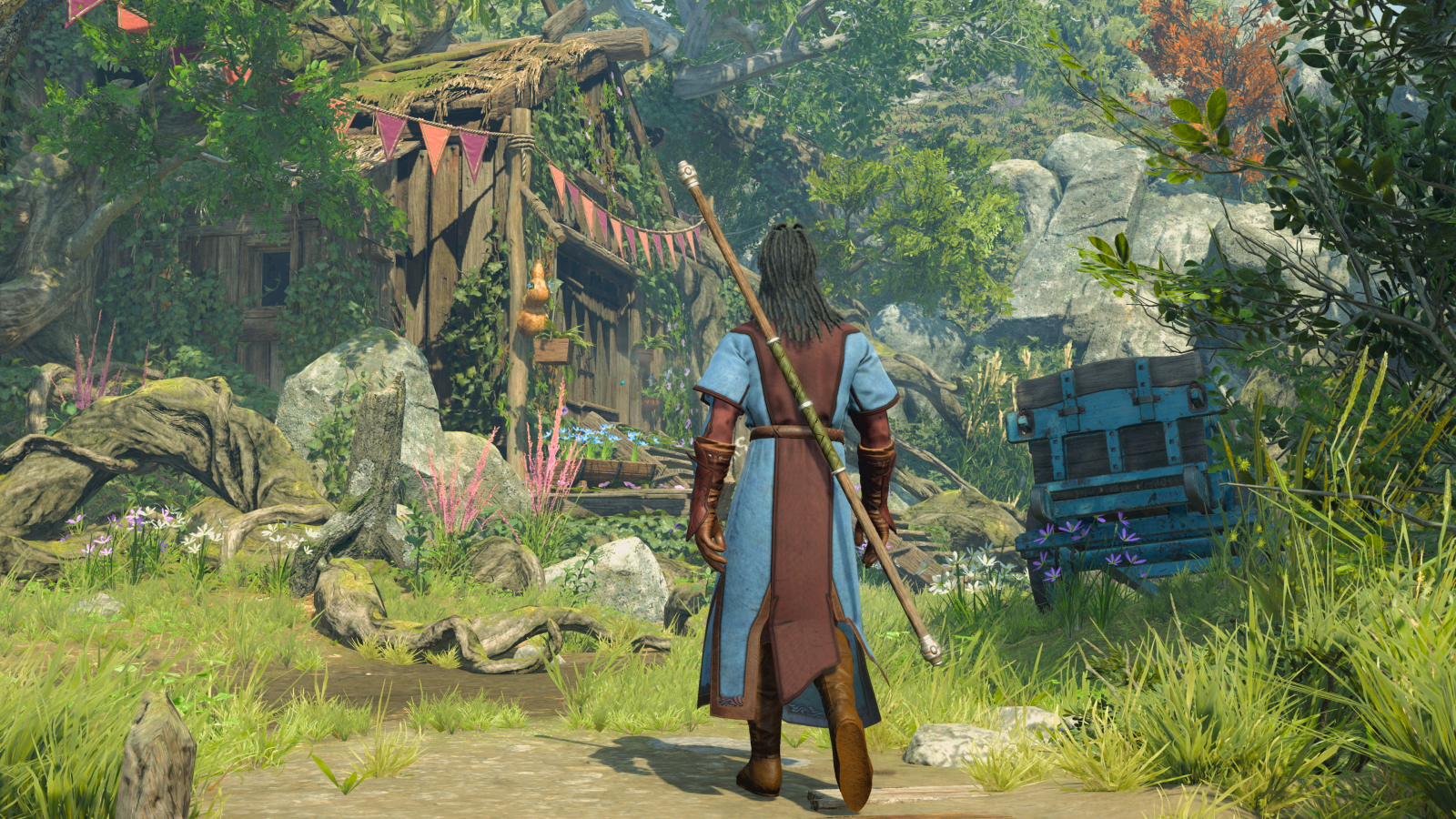

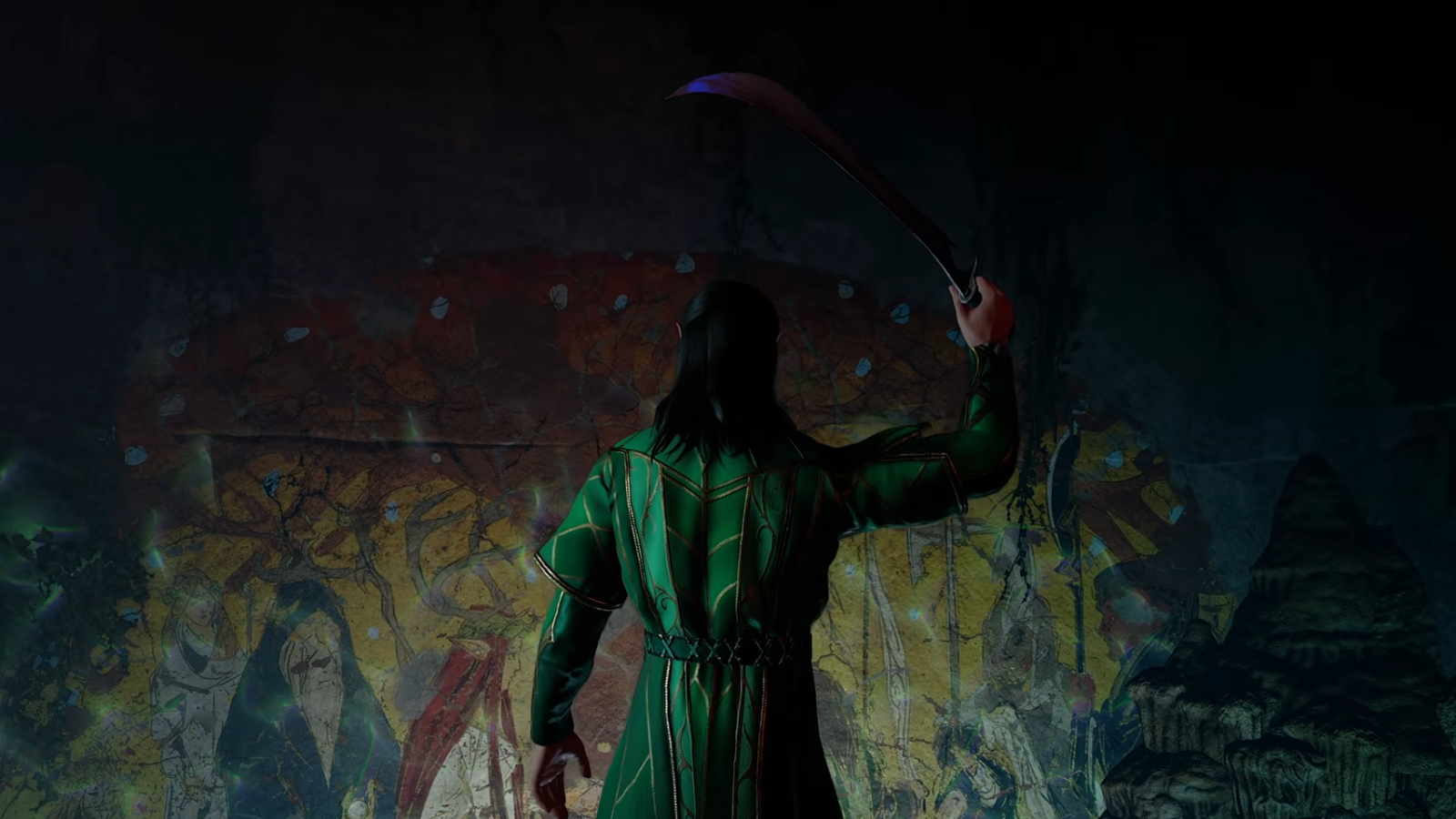
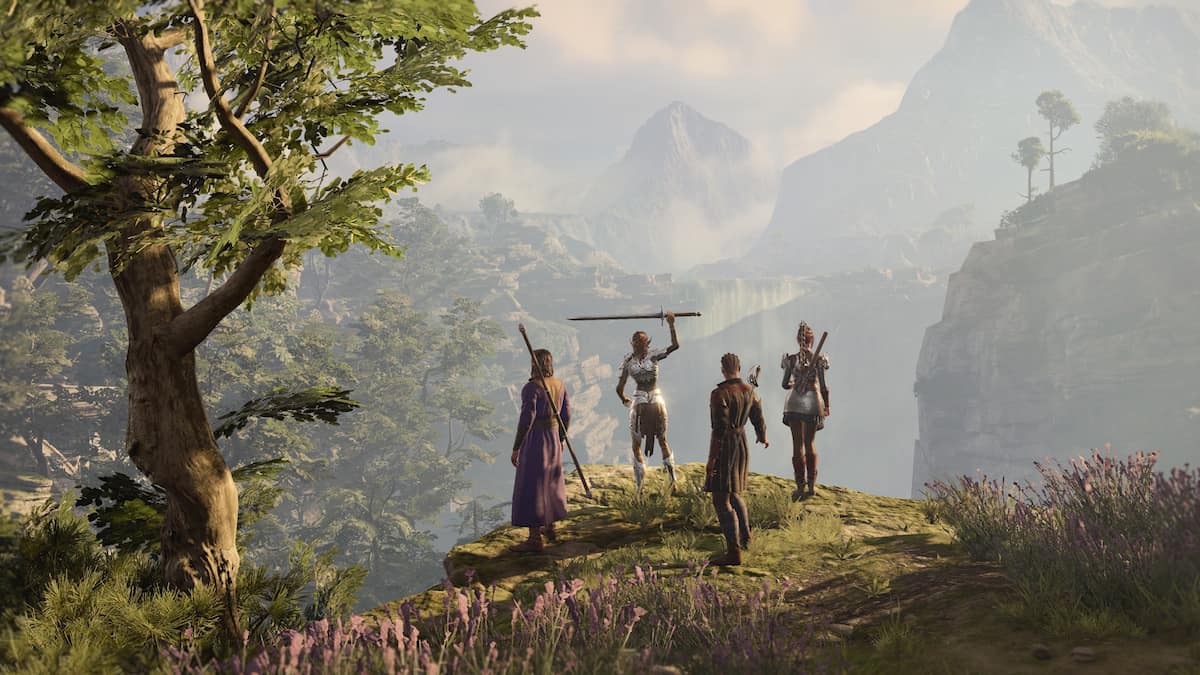
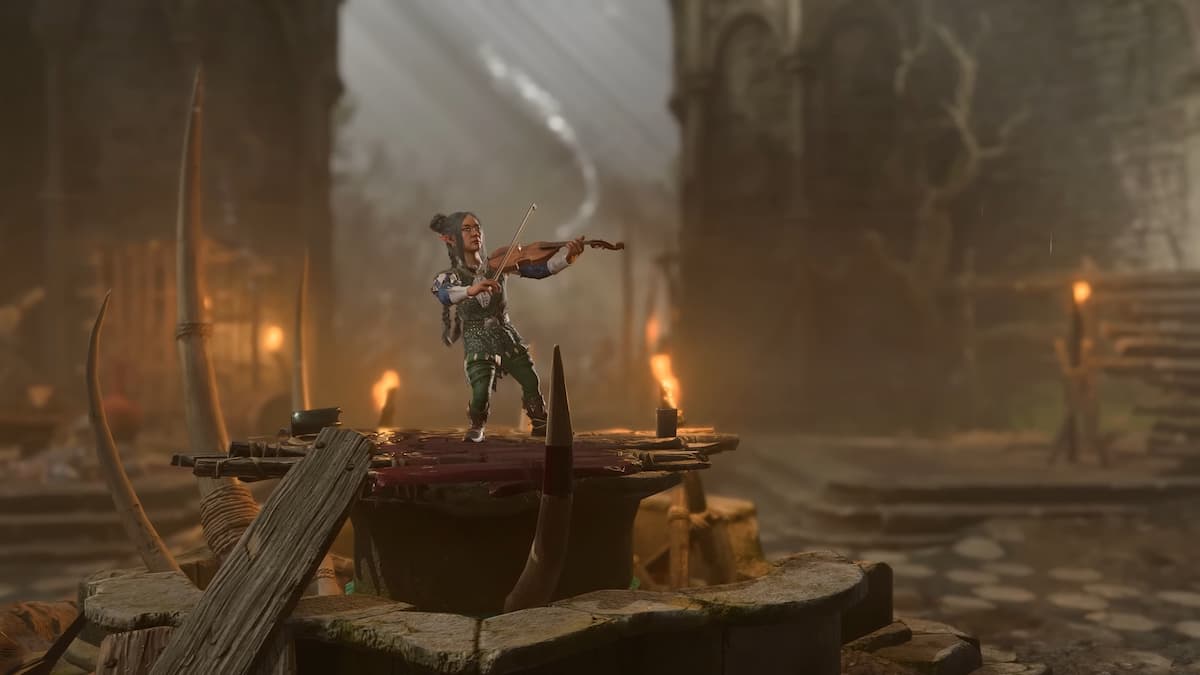
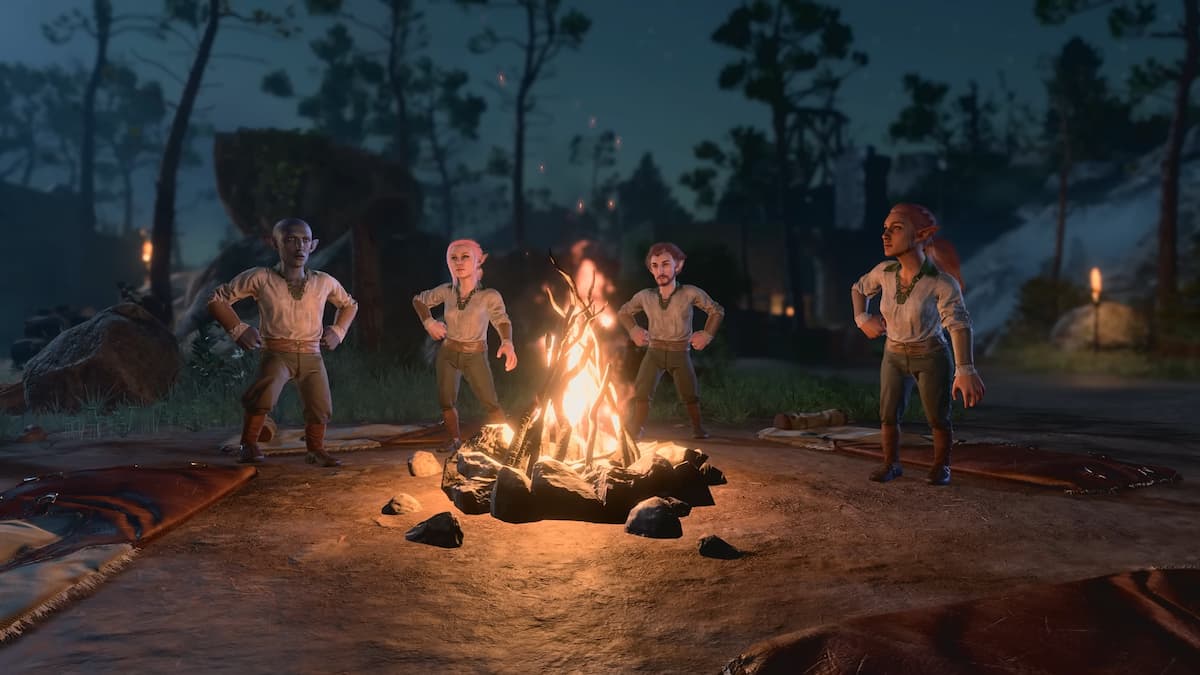
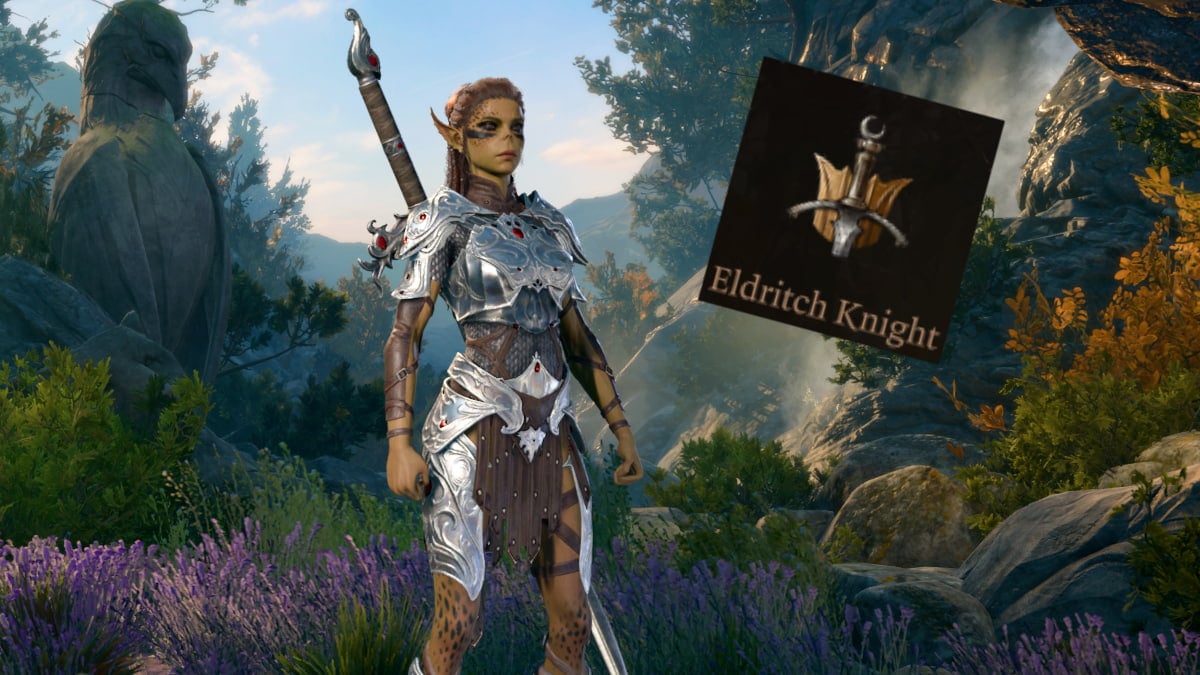

Published: Aug 26, 2023 08:23 am